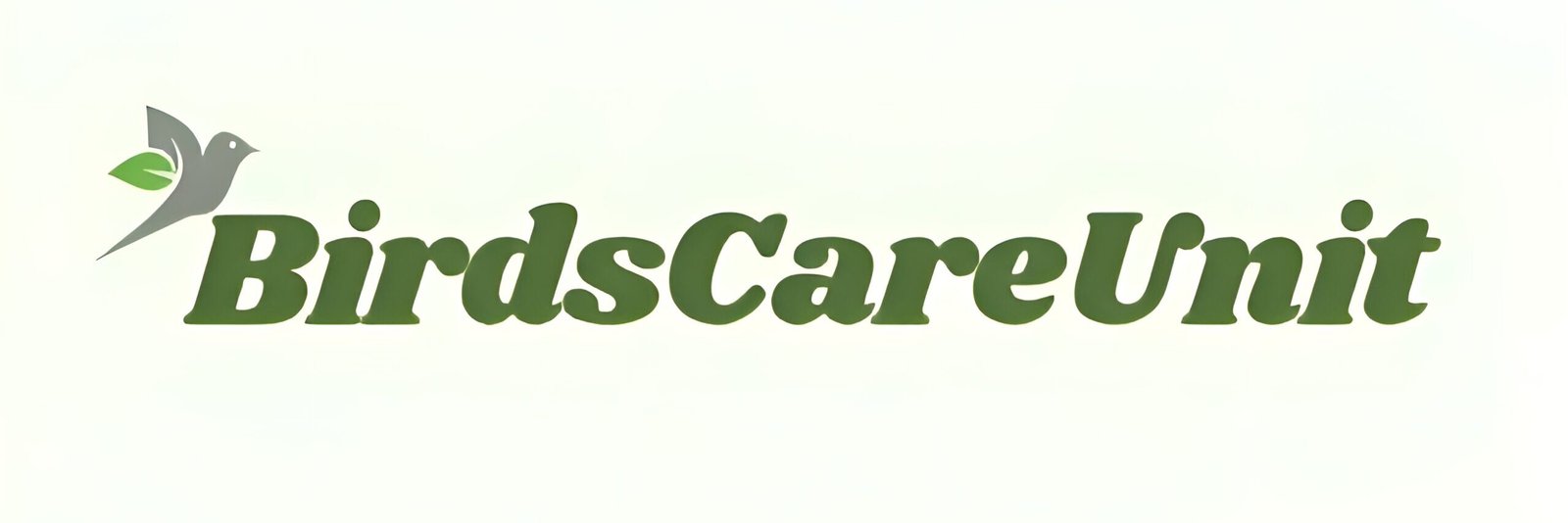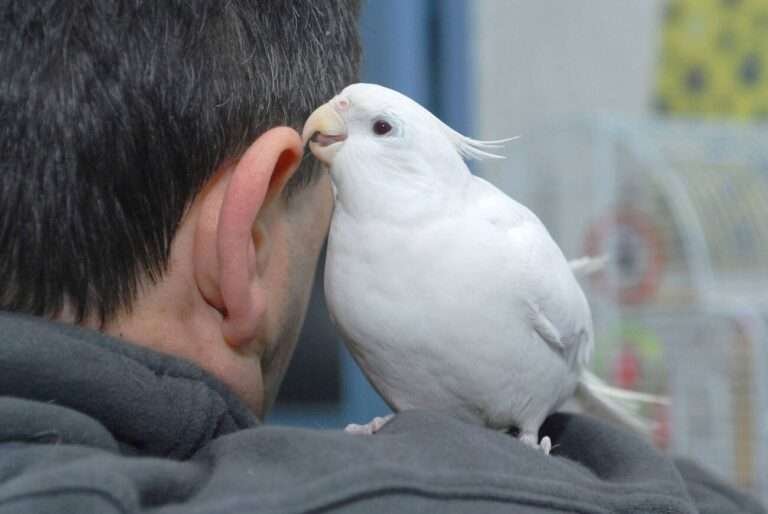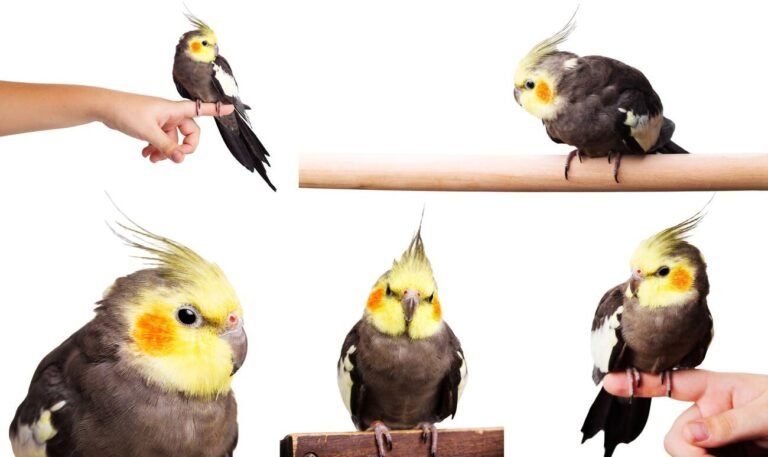What are The Easiest Words to Teach a Cockatiel

Introduction:
As a devoted cockatiel owner and enthusiast, I’ve embarked on a journey of teaching my feathered friends to communicate through words and phrases. Over the years, I’ve discovered that certain words are easier for cockatiels to learn and pronounce, leading to successful communication and enhanced bonding experiences. In this comprehensive guide, I share my experiences and insights into teaching cockatiels words, exploring the easiest words to teach and the most effective techniques for fostering language development in these intelligent and charming birds.
Understanding Cockatiel Language Abilities:
Cockatiels possess impressive vocal capabilities, allowing them to mimic sounds and learn to communicate with their human caregivers. However, their language abilities are limited compared to parrots and larger birds. Cockatiels excel at learning simple words and short phrases, especially those with repetitive sounds and clear pronunciation. When teaching your cockatiel words, it’s essential to be patient, consistent, and supportive, understanding that each bird learns at its own pace.
Identifying the Easiest Words to Teach:
Based on my experiences and observations, certain words and sounds are easier for cockatiels to learn and pronounce. These include:
1. Names: Cockatiels often respond well to their own names, making it one of the easiest words to teach. Repetition and positive reinforcement help reinforce their recognition and association with their name.
2. Whistles: Cockatiels are skilled whistlers and readily learn simple tunes and melodies. Whistling can be incorporated into their vocabulary, with tunes like “Peek-a-Boo” and “Happy Birthday” being popular choices.
3. Short Words: Short, one-syllable words are easier for cockatiels to pronounce and remember. Examples include “hello,” “goodbye,” “pretty,” “birdie,” and “love.”
4. Common Sounds: Cockatiels excel at mimicking common household sounds and environmental noises. Words like “water,” “hungry,” “treat,” and “play” can be easily taught through repetition and association with specific actions or objects.
5. Positive Reinforcement Words: Words associated with positive experiences, such as “good,” “nice,” “yummy,” and “fun,” are quickly learned by cockatiels due to their association with rewards and praise.
Techniques for Teaching Words to Cockatiels:
Effective communication with your cockatiel relies on patient and consistent teaching methods. Here are some techniques I’ve found to be successful in teaching words to cockatiels:
1. Repetition: Repeat the chosen word or phrase frequently in the presence of your cockatiel, reinforcing its association with specific actions, objects, or experiences.
2. Contextual Association: Pair words with relevant actions, objects, or experiences to help your cockatiel understand their meaning. For example, say “good morning” when uncovering the cage in the morning or “bedtime” when covering the cage at night.
3. Positive Reinforcement: Use treats, praise, and affection as rewards when your cockatiel successfully repeats or responds to a word. Positive reinforcement strengthens the association between words and rewards, motivating your bird to continue learning.
4. Consistency: Be consistent in your teaching approach and use the same words and phrases consistently to avoid confusion. Establishing a routine and repeating words in familiar contexts aids in language acquisition.
5. Patience and Persistence: Teaching words to cockatiels requires patience and persistence. Some birds may take longer to learn than others, so be patient and celebrate small successes along the way.
6. Interactive Learning: Incorporate interactive games, toys, and activities into the teaching process to make learning fun and engaging for your cockatiel. Encourage vocalization and mimicry during playtime to reinforce language development.
Personal Experiences in Teaching Cockatiels Words:
Throughout my journey of teaching cockatiels words, I’ve encountered both challenges and successes. One of my cockatiels, Luna, quickly learned to mimic the sound of running water whenever she wanted a drink, associating the word “water” with the action of drinking from her water dish. Another bird, Mango, delighted in whistling short tunes and learned to mimic the word “hello” after hearing it repeatedly during our morning greetings.
I found that consistency and positive reinforcement were key factors in teaching words to my cockatiels. By incorporating words into daily interactions, such as saying “good morning” or “bedtime” at consistent times each day, my birds quickly learned to associate these words with specific routines and activities. Using treats and praise as rewards further motivated them to vocalize and mimic words in exchange for positive feedback.
Conclusion:
Teaching words to cockatiels is a rewarding and enriching experience that enhances communication and strengthens the bond between birds and their human caregivers. By identifying the easiest words to teach, such as names, whistles, short words, common sounds, and positive reinforcement words, and employing effective teaching techniques like repetition, contextual association, positive reinforcement, consistency, patience, and interactive learning, you can facilitate language development in your cockatiel and enjoy meaningful interactions with your feathered friend. Remember to be patient, persistent, and supportive throughout the teaching process, celebrating each milestone and success along the way. With time, dedication, and love, you can unlock the full potential of your cockatiel’s language abilities and foster a deeper connection built on mutual understanding and communication.



